Ancient temples are not just architectural marvels; they are windows into the past, offering glimpses into the cultures, religions, and lives of early civilizations. From the mysterious structures of Göbekli Tepe to the grandeur of Angkor Wat, these sacred sites have stood the test of time, captivating historians, archaeologists, and travelers alike. In this article, we’ll explore the top 9 most intriguing ancient temples from around the world, each with its own unique story and significance. Join us on a journey through time as we uncover the mysteries and marvels of these incredible ancient structures.
Göbekli Tepe, Turkey
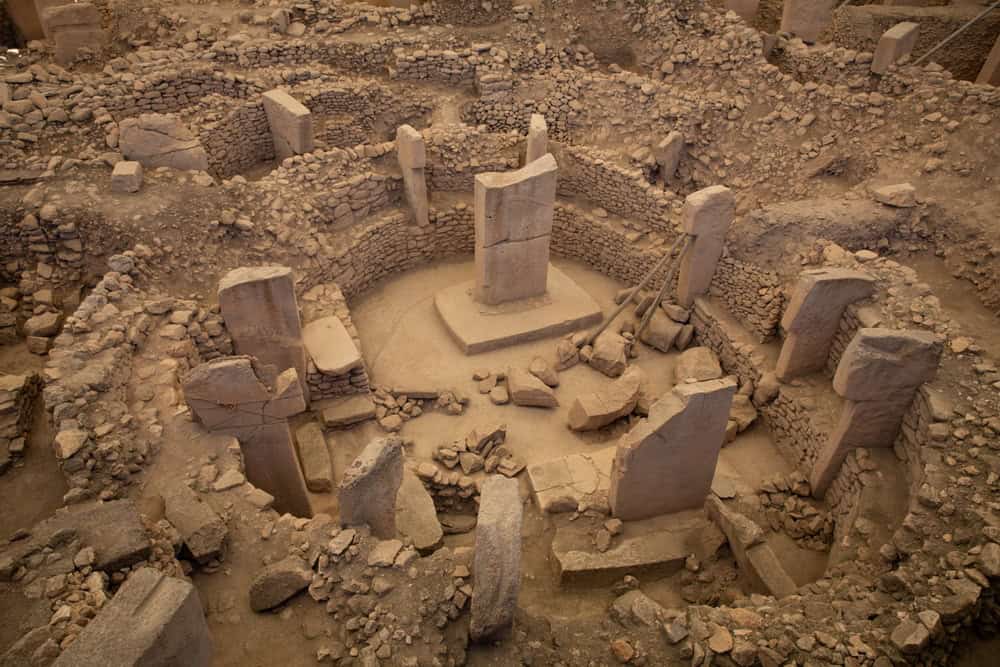
Göbekli Tepe, situated in southeastern Turkey, is considered the world’s oldest temple, dating back to around 10,000 B.C. This archaeological site features massive stone pillars arranged in circular formations, intricately carved with images of animals and abstract symbols. The sheer scale and complexity of the site, created by hunter-gatherers long before the advent of agriculture, challenge traditional notions of societal development. The site’s intentional burial around 8,000 B.C. has preserved it remarkably well, providing valuable insights into early human civilization and spirituality.
Luxor Temple, Egypt
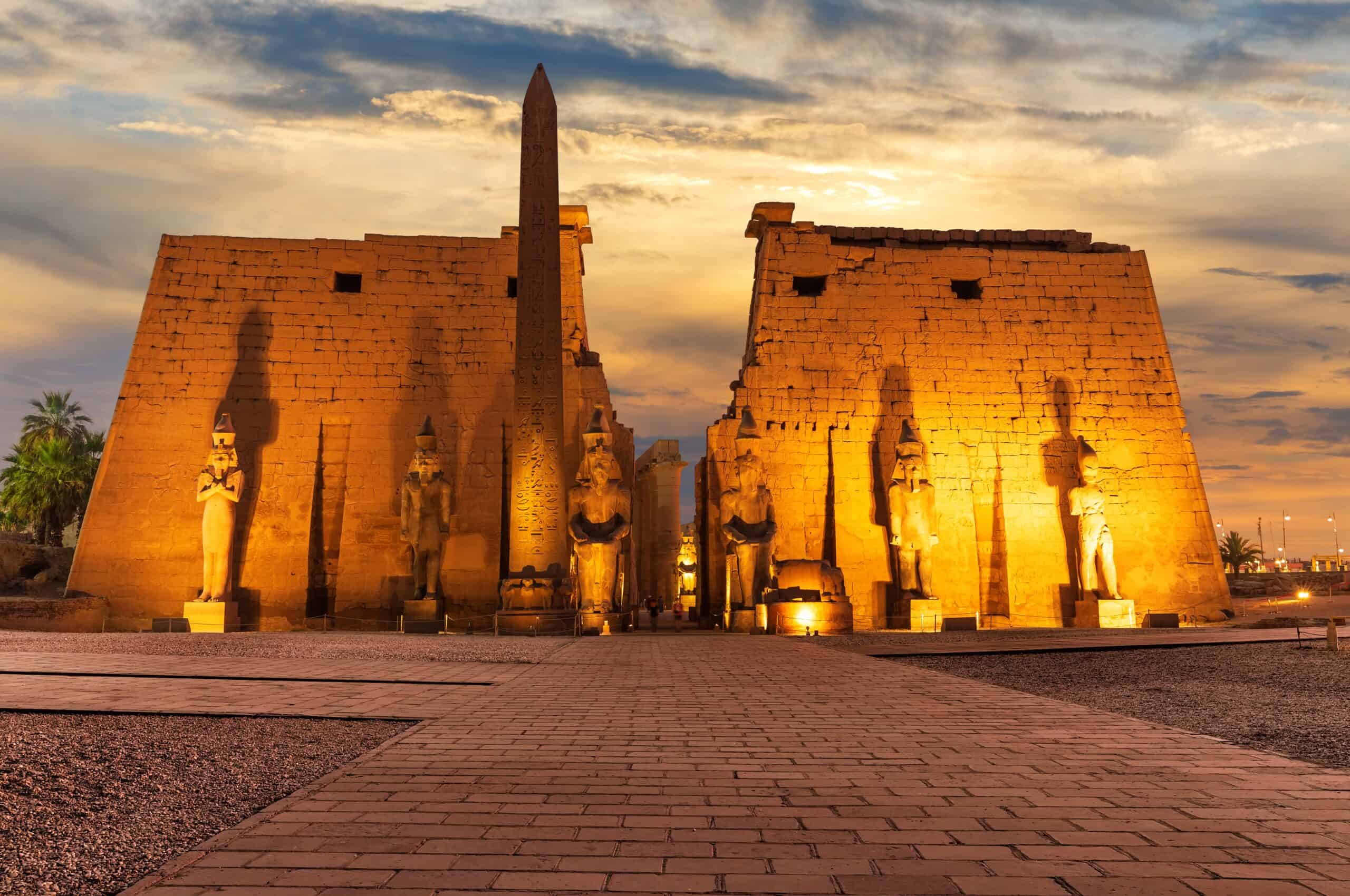
Luxor Temple, located on the east bank of the Nile River in Egypt, was constructed around 1400 B.C. during the New Kingdom. This majestic temple complex was primarily built by Pharaohs Amenhotep III and Ramses II and dedicated to the Theban Triad of Amun, Mut, and Khonsu. The temple is renowned for its colossal statues, towering obelisks, and the Avenue of Sphinxes that once connected it to the Karnak Temple. Its well-preserved architecture and rich inscriptions provide a vivid glimpse into the religious and political life of ancient Egypt.
Hypogeum of Ħal-Saflieni, Malta

The Hypogeum of Ħal-Saflieni, dating back to around 2500 B.C., is an extraordinary subterranean structure on the island of Malta. This unique temple, carved entirely from rock, features intricate red ochre paintings and trilithon doorways. Discovered accidentally in 1902, the Hypogeum is believed to have served both as a sanctuary and a necropolis. Its underground chambers, false windows, and elaborate ceiling decorations make it a remarkable example of prehistoric architecture and artistry.
Stonehenge, England

Stonehenge, one of the most iconic prehistoric monuments, is located on Salisbury Plain in England. Constructed in several phases between 3000 B.C. and 2000 B.C., this enigmatic stone circle consists of massive sarsen stones and smaller bluestones arranged in a precise, astronomical alignment. Despite extensive research, the exact purpose of Stonehenge remains a mystery, though it is widely believed to have served as a ceremonial site or astronomical observatory. Its monumental scale and the effort required to transport and erect the stones continue to fascinate scholars and visitors alike.
Parthenon, Greece

The Parthenon, perched atop the Acropolis in Athens, Greece, is a masterpiece of classical architecture. Built in the 5th century B.C., this Doric temple was dedicated to Athena, the city’s patron goddess. The Parthenon’s elegant proportions, exquisite marble sculptures, and intricate friezes depict various mythological scenes, including the birth of Athena and the battle between Athena and Poseidon. Despite suffering damage over the centuries, the Parthenon remains a symbol of ancient Greek art, culture, and democratic ideals.
Angkor Wat, Cambodia

Angkor Wat, located in Siem Reap, Cambodia, is the largest religious monument in the world, covering over 400 acres. Built in the early 12th century by King Suryavarman II, this temple complex was initially dedicated to the Hindu god Vishnu and later converted to a Buddhist temple. Its grand central tower, surrounded by four smaller towers and extensive galleries adorned with bas-reliefs, represents Mount Meru, the mythical home of the gods. Angkor Wat’s architectural grandeur and intricate carvings make it a pinnacle of Khmer art and a UNESCO World Heritage site.
Temple of Hatshepsut, Egypt
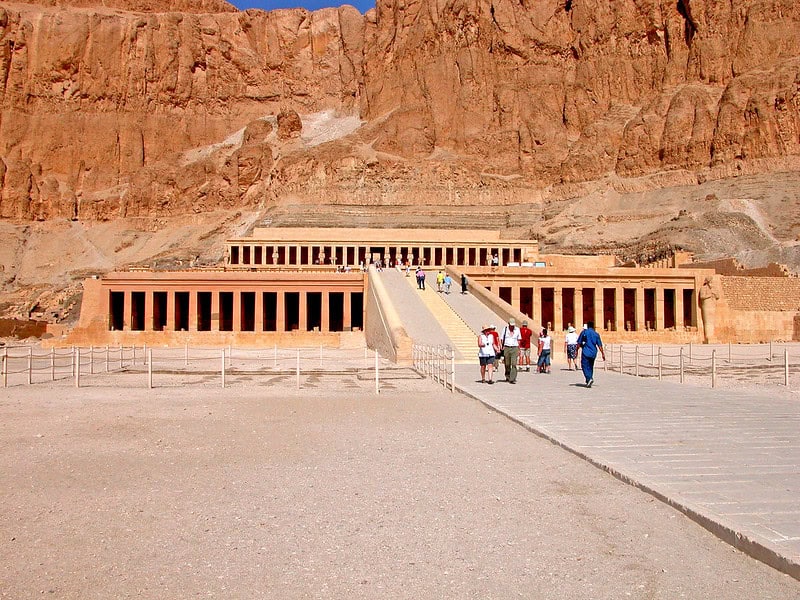
The Temple of Hatshepsut, also known as Djeser-Djeseru, is an ancient funerary shrine located in Deir el-Bahari, Egypt. Built around 1470 B.C. for the female pharaoh Hatshepsut, the temple is a masterpiece of ancient architecture, designed by her royal architect, Senenmut. It features three terraces connected by long ramps, adorned with statues, sphinxes, and reliefs depicting Hatshepsut’s divine birth and her expedition to the land of Punt. The temple’s innovative design and stunning setting against the cliffs of the Theban Necropolis make it a significant site in Egyptian history.
Temple of Apollo, Greece
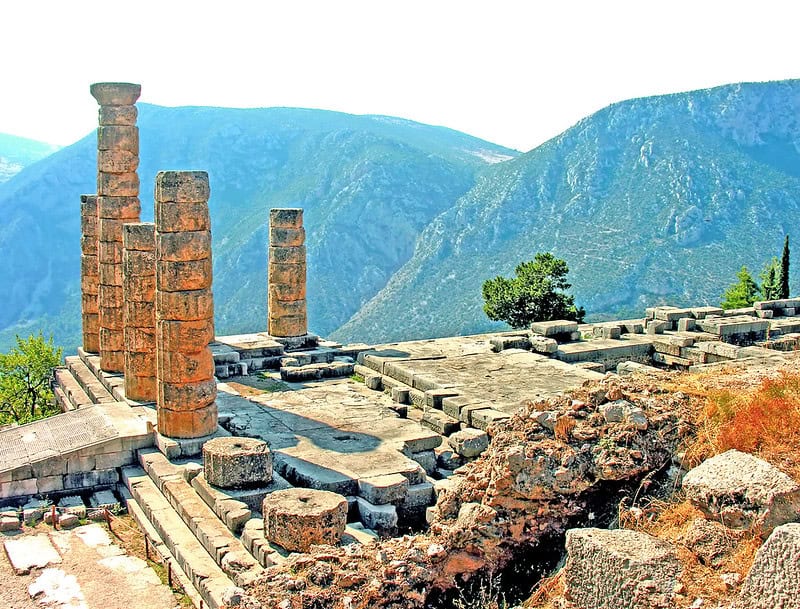
The Temple of Apollo at Delphi, Greece, is one of the most significant ancient Greek religious sites. Built in the 4th century B.C. on the slopes of Mount Parnassus, it was dedicated to Apollo, the god of prophecy, music, and healing. The temple housed the famous Oracle of Delphi, where the Pythia, a priestess, delivered cryptic predictions to visitors from across the ancient world. The remains of the temple, including its Doric columns and intricate friezes, reflect its historical and cultural importance, symbolizing the intersection of divine and human realms.
Ziggurat of Ur, Iraq
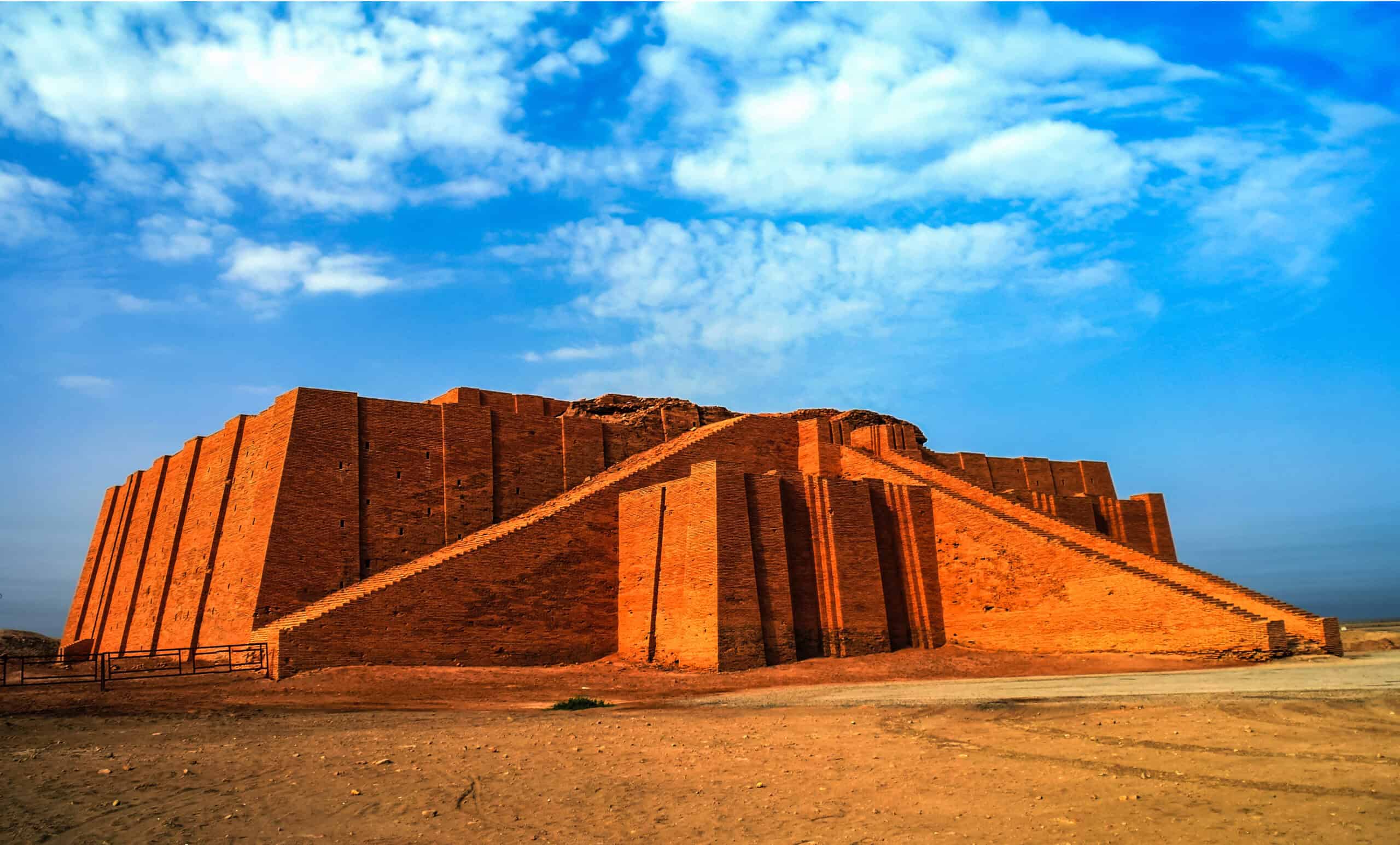
The Ziggurat of Ur, located in present-day Iraq, is one of the best-preserved and most significant ziggurats from ancient Mesopotamia. Constructed in the 21st century B.C. by King Ur-Nammu, it was dedicated to Nanna, the Sumerian moon god. This massive, multi-tiered structure served as both a temple and administrative center, showcasing the advanced engineering and architectural skills of the Sumerians. Its impressive size, with a base measuring 210 by 150 feet, and its iconic stepped design make it a crucial piece of Mesopotamian heritage.
This article originally appeared Rarest.org.
More from Rarest.org
The 18 Rarest Goat Breeds in the World

Goat breeds around the world offer a fascinating glimpse into the diversity of nature. While some breeds are common and well-known, others remain incredibly rare, often due to their unique traits, specific habitat requirements, or historical significance. Read more.
20 Cactus Species from Commonly Found to Extremely Rare

Cacti are fascinating plants that thrive in some of the world’s harshest environments, showcasing an incredible variety of shapes, sizes, and adaptations. Read more.
18 Rarest Flower Species in Remote Locations

Exploring the world of rare flowers takes us to some of the most remote and fascinating corners of the globe. Read more.
